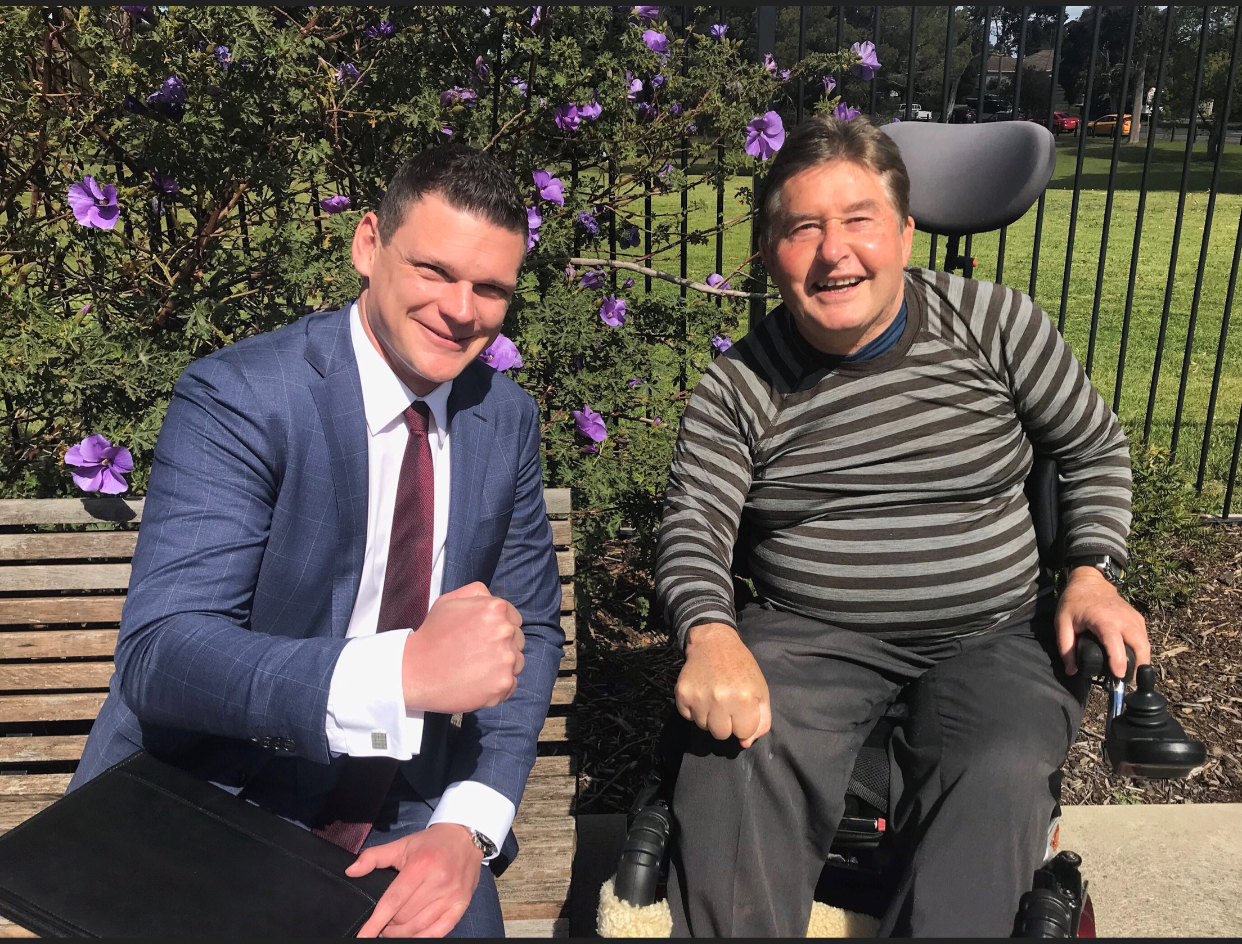Changes to the Law
What Is The Workplace Injury Commission?
On 1 September 2022, the Accident Compensation Conciliation Service changed its name to the Workplace Injury Commission (“WIC”). The WIC is responsible for attempting to resolve disputes in relation to workers compensation entitlements between an injured worker and the WorkCover insurer via conciliation or arbitration. The introduction of the WIC led to some additional changes…
Read MoreTruckies Rocked by Suicide Trauma Fight for Justice
A Category of Forgotten Worker/Road User This is an extremely distressing topic for us to raise, but we feel that not having the debate is to sit back and perpetuate a failure of the law and insurance for a category of hard-working, everyday people. It is a topic that involves the tragedy of suicide,…
Read MoreWhat do I do when TAC advise me of my eligibility for common law compensation?
What does it mean if the TAC advise me I’m eligible for common law compensation? If you have received a letter from the TAC notifying you of your eligibility to apply for common law compensation, the TAC has done what is known as proactively granting you a serious injury certificate. One of the functions of…
Read MoreInjured on the Road – Cyclists Rights
As a cyclist, you may have entitlements under the transport accident scheme if you were injured as a result of a collision that was directly caused by the driving of a vehicle (including cars, buses, motorcycles, trains and trams). It is important to note however that you may be covered as a cyclist in a…
Read MorePilot Program for Emergency Workers and Volunteers
There is little doubt that our emergency service workers go above and beyond when carrying out their duties to assist, care for and protect individuals and the community when something goes wrong. It stands to reason that the psychological stress and pressure our front line workers can experience in the performance of their duties is…
Read MoreImproved Entitlements for Those Injured in Transport Accidents
The Treasury and Finance Legislation Amendment Bill 2018 passed the upper house of Victorian Parliament on 20 September 2018. Yesterday this Bill received Royal Assent becoming law today. Although the Act has been dubbed Rory’s Law as our client, Rory Wilson, is the centerpiece of it, there are also further beneficial amendments for those who…
Read MoreRory’s Law – Improved Rights For Cyclists Announced
With an inspiring collaborative effort between the Victorian Government, the Transport Accident Commission (TAC) and various stakeholder groups, legislation was last night passed, introducing improved rights for cyclists in Victoria. Our deserving client, local Drysdale resident Rory Wilson, has made legal history with his case the catalyst for various changes to the Transport Accident Act…
Read More





